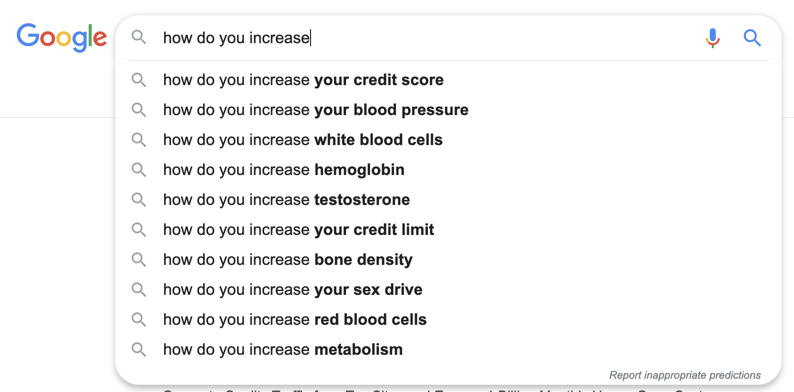A mental framework that helps me approach conversion challenges
While experimentations can be used to discover new relationships and validate assumptions for product and process development, the most popular use of experimentation is (arguably) for conversion optimization; Typically by growth and marketing groups.
Conversion optimization, is so popular that it doesn’t take much effort to find dozens of expert blogs and top 50 lists on how to boost conversion?—?though you may have to go through some unrelated stuff to get there.

However, in my (mostly humble) opinion, what you’ll find are only a bunch of decent tactics. Don’t get me wrong, tactics are great starting points, but in my opinion, without a decent strategy behind them, you can easily lose sight of your goals and end up micro-optimizing needlessly.
Whenever I approach conversion optimization, I start with a simple approach; One that I feel is easy to remember. It is usually the basis for whatever strategy I’m developing. It’s something I call the “Equation of Conversion”. (Having previously worked in Marketing for over a decade, I’m fairly disappointed in my lack of creativity here, dont @ me.) The equation goes something like this:

Here is why I think this particular approach is helpful:
- It is a high-level approach. It gives you a mental modal about how to think about people’s motivations. Increase desire, or reduce the things that get in their way. I feel this is simple breakdown a more effective way to generating ideas than random brainstorming (which I feel is probably the least useful method of idea-generation, but more on this in a future post).
- Desire and Friction are not multiplied together. I.e., the doubling of desire does not necessarily result in the doubling of conversion.
- The removal of friction does not result in an increase in conversions if no desire exists. I.e., Desire is a requirement for any conversion to exist. Simply put, the smoothest buy-flow doesn’t mean anything if no one wants your product.
- I use the term “Desire” and that is purposeful. This is meant to fit within the AIDA framework. I’m sorry (not sorry), you cannot escape the need for marketing.
Other finer points that are implied but not obvious:
- If desire is high enough, it can overcome any friction. Imagine, you needed to buy some life-saving medication —nothing would get in your way.
- I feel there are two kinds of friction: mechanical and emotional. Mechanical friction is the kind of friction that is typically systematic and applies to many people indiscriminately (e.g., the store doesn’t accept a method of payment, or a site doesn’t work on mobile). Emotional friction on the other hand is more like a user’s doubt and anxiety around something. A good example is when you aren’t sure whether you can trust a restaurant’s food quality or you’re worried about what people will think of you for buying a certain brand of sneaker (as an aside, live life for yourself, not for others).
Looking at conversion optimization through this lens, I find it easier to prioritize experiments. Here are a couple of examples:
- Does changing the colour of a button increase a customer’s desire for a product? No. It only reduces the friction of not being able to see a button. This should be a lower priority.
- Does adding site reviews increase desire or lower friction. It depends on the product. Reviews could increase desire and lower friction for high-priced electronics. But it won’t do either for bananas.
Connect with Experimenters from around the world
We’ll highlight our latest members throughout our site, shout them out on LinkedIn, and for those who are interested, include them in an upcoming profile feature on our site.
- About our new Shorts series: CRO TMI - November 8, 2024
- Navigating App Optimization with Ekaterina (Shpadareva) Gamsriegler - October 18, 2024
- Building Your CRO Brand with Tracy Laranjo - October 11, 2024
